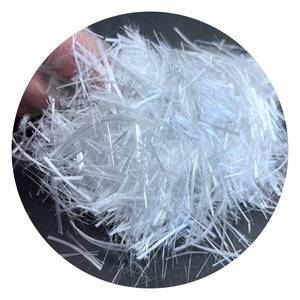Durable and versatile chemical fibers for textiles, composites, and more. Excellent quality, competitive rates, and reliable delivery.
** Where Do All-natural Fibers Actually Originate From? **.
(where does natural fiber come from)
You most likely utilize all-natural fibers each day. They remain in your clothes, your towels, even your bedsheets. However have you ever before quit to wonder where they start their journey? Allow’s go into the surprising beginnings of these daily materials.
Natural fibers originate from 2 major areas: plants and animals. Plant fibers are the most usual. Take cotton, for example. It grows as cosy white bundles around the seeds of cotton plants. These plants thrive in warm environments, like India or the southerly United States. Farmers harvest the cotton by hand or device, then tidy and rotate it into thread. Yet cotton isn’t the only plant fiber. Linen originates from flax plants. Their stems are taken in water until they soften, then crushed to draw out long, silky fibers. Hemp, one more difficult plant fiber, is stripped from the stalks of marijuana plants. It’s used for ropes, bags, and also environment-friendly materials.
Pet fibers are equally as remarkable. Woollen is the traditional example. It’s made from the soft hair of lamb. Workers shear the sheep yearly, leaving sufficient hair to maintain the pets warm. The woollen is cleaned, combed, and rotated into thread. However sheep aren’t the only source. Goats provide us cashmere and mohair. Alpacas, llamas, and even bunnies contribute their fur. Then there’s silk, the super star of deluxe fibers. Silkworms rotate cocoons using a single, unbroken thread of liquid healthy protein. These cocoons are steamed to loosen the threads, which are then very carefully unwound and woven into smooth textile.
Some fibers originate from unexpected locations. Coconut husks, for instance, generate coir. This rough, long lasting fiber is utilized for doormats and brushes. Agave plants give us sisal, a stringy fiber ideal for ropes. Even banana stems can be processed right into a smooth thread utilized in conventional fabrics. Nature’s imagination never ever finishes.
The process of turning raw materials into usable fibers isn’t easy. For plant fibers, it typically includes saturating, squashing, or fermenting to divide the helpful components. Pet fibers need cleaning and sorting to eliminate dirt and oil. Each step demands ability and perseverance. Typical techniques still exist, yet devices currently manage most massive production. Still, handmade fabrics from tiny areas keep ancient techniques alive.
Sustainability is a huge deal in the fiber globe. Natural fibers break down gradually, unlike plastic-based synthetics. But growing cotton utilizes lots of water, and increasing sheep for woollen produces methane. Environmentally friendly alternatives are popping up. Bamboo grows quickly without chemicals. Recycled cotton scraps are spun right into brand-new yarn. Some firms even try out algae or mushroom-based fibers.
(where does natural fiber come from)
Picking all-natural fibers isn’t practically convenience or style. It links us to farmers, weavers, and customs across the globe. Next time you pull on a cotton t shirt or wrap on your own in a wool blanket, bear in mind the trip it took– from a seed, a sheep, or a silkworm to your home.





